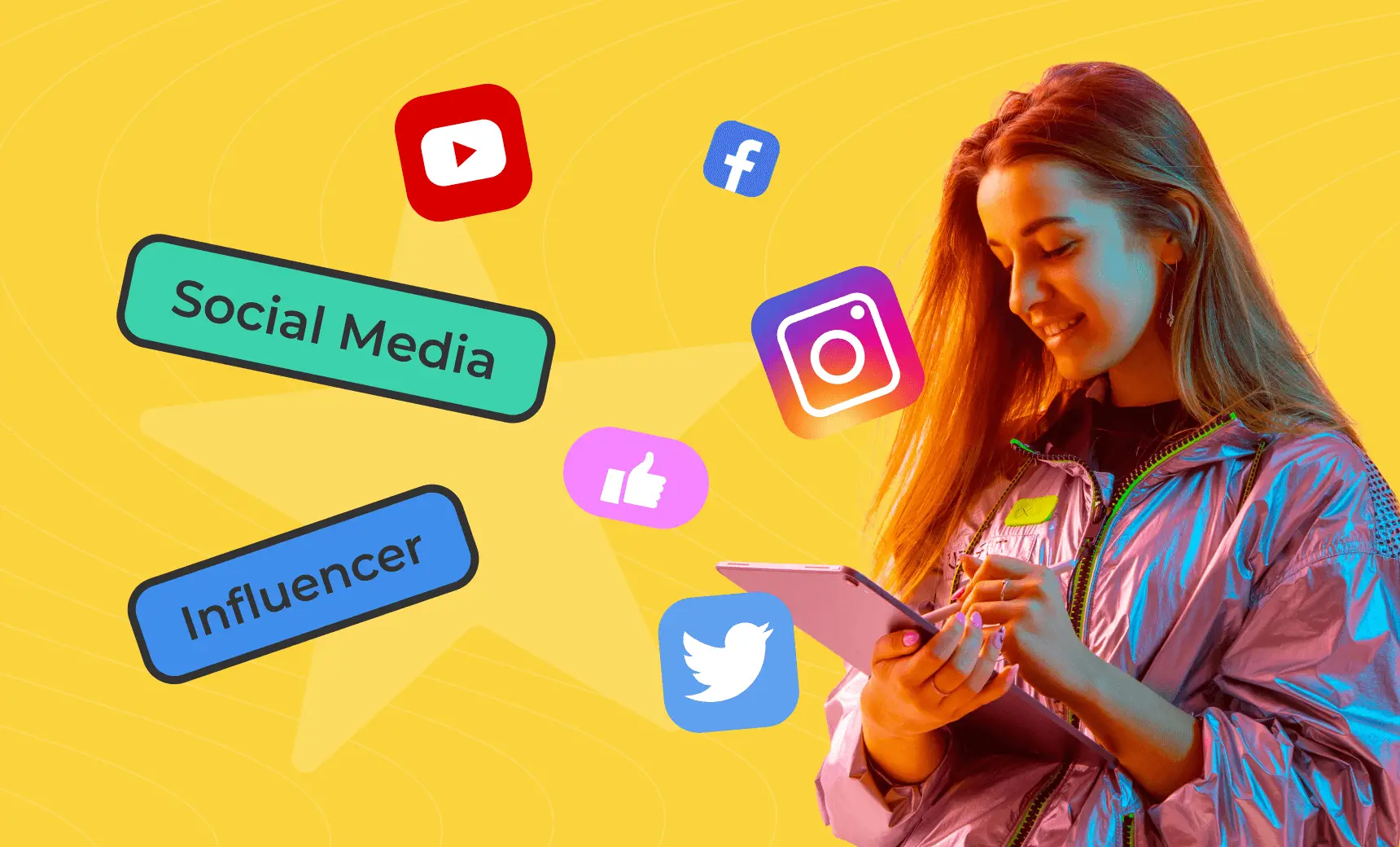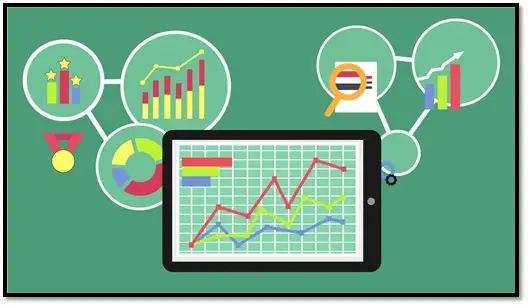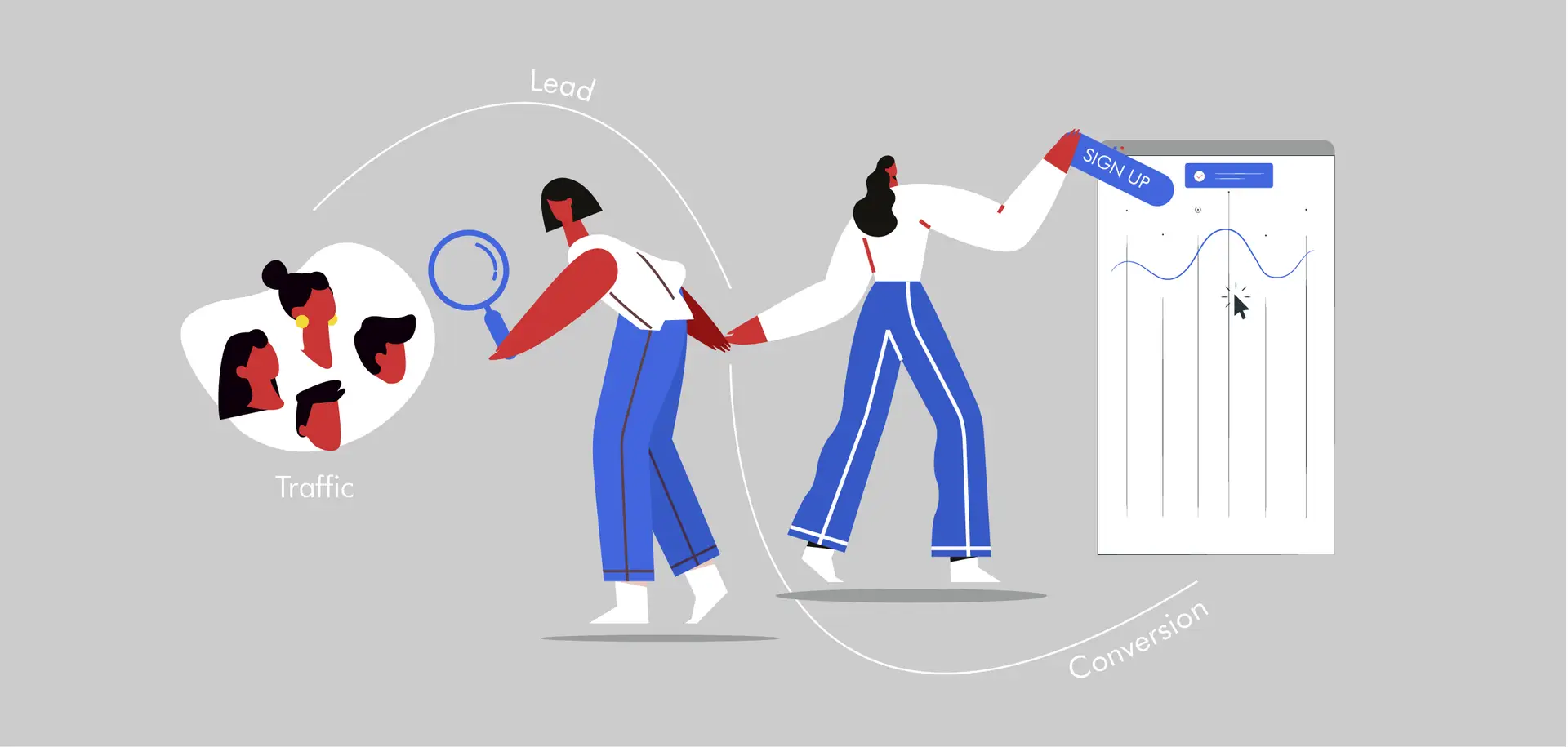Long gone are the days where billboards and magazines took front row seats; in todays marketing world, social media influencers sit in high demand. Because of their large followings and high engagement rates, the influencers are really able to tap into audiences in a totally authentic way that other channels just can’t match.
So you get all this incredible extra visibility, trust and connection from the right influencer. Influencer collaborations are no longer a trend but an effective method that gets results. As consumers become increasingly skeptical of traditional advertising, influencers offer a way for brands to touch their target demographic in a more authentic and authentic way.
This article will delve into how innovators can successfully team up with social media influencers in a way that enhances their presence, generates more interactions and ultimately makes the most of R&T.
Also Read
Social Media Influencers? What are those?
A social media influencer is someone who has built a reputation for their knowledge and expertise on a particular topic and uses that to sell them or educate others. In turn, these influencers create content that speaks to them where they’re at– ultimately shaping their opinions, purchasing decisions and behaviors. From micro-influencers (10,000 to 50,000 followers) to mega-influencers having millions of followers
Five star influencers also generate content in multiple formats such as blog post, social media update, video production, podcast and live streaming. Brand-wise, this communicates all the right sentiments as successful influencer strategies revolve around authentic relationships with their audience, which translates to strong trust and engagement results few traditional advertisement channels can boast of.
Why Work with Influencers?
Influencer partnerships provide a number of benefits to brands but chief among them is the opportunity to reach an already engaged, targeted audience. An influencer will usually be in one or two niches, beauty, fashion, food and tech for example and the followers of their channels will trust them to recommend products from within these fields.
Here are some of the top benefits you can unlock by collaborating with influencers:
- Larger Reach and Visibility: Working with an influencer allows brands into the existing audience of the influencer, allowing them to tap new potential customers for their brand.
- Increased Brand Engagement: Because influencers are seen as real and authentic, consumers generally will engage more with their posts over the usual branded content.
- Authenticity and Credibility: An influencer endorsement is perceived to be more authentic compared to traditional ad because influencers are considered experts within their respective niches.
- Influencer Marketing is a Cost-Effective Alternative: Not all influencers are paid million-dollar campaigns; some can be cost-effective, and still garner incredible results.
- Optimized SEO and Increased Traffic: Partnering with influencers could attract more visitors to your website or social media channels, which in turn could improve your online visibility and search engine rankings.
Working With Social Media Influencers The Right Way
To do so requires science, including planning, smart partnering and clear objectives. How Brands Can Get the Most Out of Influencer Collaborations
Define Clear Goals
How to Identify Best Influencers for Your Brand: FOLLOW A GOAL Before you even decide on reaching out to influencers, your marketing goals must be clear. Do you want to create awareness around your brand, drive conversions, enhance engagement or launch a new product? The objectives you have established will steer the type of influencers which you collaborate with and also the content that they deliver.
For example, if you want to build brand awareness, you may target an influencer with a large following. On the other hand, if you are trying to make sales, your list may be based on influencers who have high engagement and conversion even with a smaller audience.
Choose the Right Influencers
Influencers: the good and bad Very few people influence a hyper-targeted market of ideal followers, get excited about your product or service, and can move them to buy. Beforehand even contacting with the influencers, you should consider following metrics.
Relevance: The influencer should be in the same or relevant niche as your brand. And if you are a fitness brand, then partnering up with a fashion influencer is not going to get you the best results.
Get targeted: Make sure their followers are your ideal demographic, so consider age, gender, socio-economic position location & interest Get Property Drives
Engagement: What you’re looking for here is an influencers engagement rate (the number of likes, comments and shares they receive), not the amount of followers. High engagement means that they have a very active audience and an audience that is interested in the content they are posting.
Genuine content: Seek out influencers that produce genuine content. Influencers are used or regularly work with brands and their campaign feels organic.
Check Past Partnerships: What were their brand collaborations like before you to determine if their sponsored posts have done well and how successful the campaigns were.
Build a Win-Win Relationship
Influencer relationships are a two-way street. Brands value visibility and engagement, influencers win the most meaningful sponsorship that meets their identity adequately and matches their followers community.
Give the influencer creative freedom to share your brand in their own voice. Work collaboratively to come up with ideas that fit your objectives and the influencer’s tone rather than hand down content they must create. Part of the reason this works is that genuine, authentic content does better work than feeling like a normal old mouthpiece.
Create a Clear Brief
After you have selected an influencer to work with, make sure you send them a proper brief. The brief should outline the campaign goals, key messages, any content requirements or other details, and deadlines. But it is also critical that you give the influencer creative freedom as well
The brief should cover:
- The key message or narrative you would like the influencer to communicate.
- Hashtags, links, or calls-to-action you want to add
- Direction on brand representation (brand voice, tone, etc.)
- Publication and posting timelines
Though putting them on course is a must, allowing the influencer to make the content their own can lend to a more authentic and successful post.
Measure the Return on Investment and Performance of a Website
There is little point paying for influencer marketing if you have no way of measuring success and ROI. KPIs would include:
- Engagement rate: Number of likes, comments, shares etc on the influencer’s post
- Organic reach and impressions: The number of people the post reached and how many times it was view.
- Traffic: How many visitors the campaign drove to your site (can be measured with UTM codes or referral links).
- Conversions: Ie — Sales or leads generated from the campaign.
- Gained Followers: Number of new social medians followers from running the campaign.
By following these data points you can find out what types of influencers generate the highest outcome, and leverage it to tune up your collaborations in future.
Long-Term Collaborations vs. One-Off Campaigns
By nature, one-off influencer campaigns are likely to result in short-term visibility rises as compared to long-term partnerships. Consistent engagement builds ongoing relationships, which means a stronger connection between the influencer’s audience and your brand.
Larger collaborations also allow for more understanding of your brand from the influencer and will likely create more fitted content over a longer period of time.
Different Styles of Influencer Collaborations
There are many channels through which brands can work with influencers depending on the end goal of their marketing campaign. 5 Types of Influencer Collaborations
Sponsored Posts: A type of influencer content in which the influencer creates content, such as an Instagram post, YouTube video or blog post, that promotes your brand or product in exchange for compensation.
You send one of your products to the influencer for him or her to try, and then the influencer rounds up a review and shares their opinion on it with their audience. The one thing we know about product reviews is that trust and credibility are built when they involve them.
Partner with influencers to run giveaways or contests that spike engagement and brand-recognition.
- Affiliate marketing: Influencers make a commission on sales or leads if their followers use their custom referral link or the discount code.
- Brand Ambassadors: Influencers who regularly promote a brand over time drift, usually being the face of the brand in many or all tag lines.
In recent years, social media influencers have emerged as some of the most prominent brand ambassadors in need of visibility, engagement and credibility. This way businesses can utilise on influencer reach to expand their audience and create real connections with potential customers as long as they have the right influencers under their wings. Influencer marketing is a flexible and affordable way to reach your business objectives, whether you launch new products or just increase brand awareness. The success of your endeavors is dependent on choosing the right influencers, allowing them artistic freedom and monitoring the influence that your partnerships have for your sustained growth.














Leave a Reply